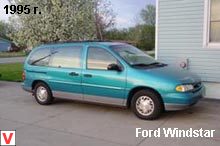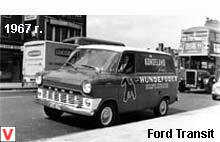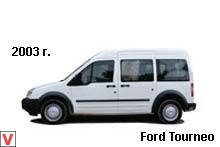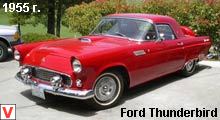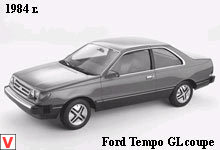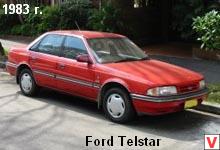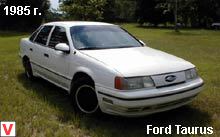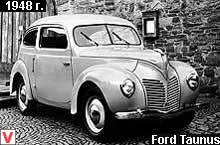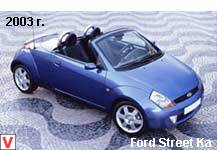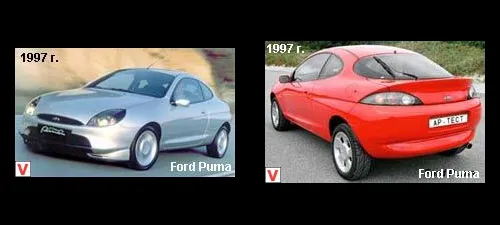
The front-wheel-drive sports coupe of a small class Puma was presented at the Geneva Motor Show in 1997. It was Ford’s first test of strength in this sector of the European market. Puma debut fell on the ascent of sales of small cars in Europe. The idea of creating a car was born in late 1993. The objective was the task - to build a true sports coupe on the mass platform. The new model - the first car company, whose styling is designed entirely on a computer.
The process took 135 days instead of the usual year. The car is based on the Fiesta IV. The creators have completely changed the body and finalized the suspension from the Fiesta, making it more sporty. The springs were also strengthened, a more powerful anti-roll bar was introduced in the front, the stiffness of the twisted beam at the rear was increased by 30%. The swift and dynamic look of Puma gave an extended base, a large angle of inclination of the windscreen and increased overhangs.
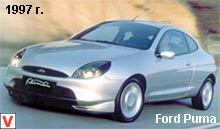
The design of the car is very interesting and, like other fresh Ford models, is made in the corporate style of New Edge. The salon pleases with such stylish elements as white scales of devices and aluminum inserts. The front seats are very comfortable, with excellent lateral support, but the back seat is not enough, even for people of medium height. On the Puma installed 4-cylinder 16-valve injection engines of the family Zetec SE volume of 1.4; 1.6 and 1.7 l. The volume of which is increased by bore cylinders (diameter 80 instead of 76 mm) and elongation of the piston stroke (83.5 instead of 76.5 mm).
For the first time for Ford, a variable-phase valve timing mechanism was developed, developed in conjunction with INA Motorenele-mente Schaeffler KG. The engine has a capacity of 125 liters. from. and flat torque characteristics, 85% of which are provided in the range of 1500-6750 rpm. mechanical short-stroke gearbox.
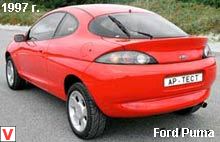
The engine is combined with a five-speed manual transmission sports type with a short lever. The axle shafts of the front wheels have an equal length, which improves the stability of the car during sharp accelerations, especially in corners and when rebuilding. Clutch has a hydraulic drive. With all its sportiness, the Puma turned out to be quite economical - the fuel consumption is 7.4 l / 100 km. The designers paid special attention to the stability of Puma on a wet surface at high speed. Between the extreme positions bagels - 2,9 turnover diameter reversal - 10 metrov.Tormoza front ventilated disc, rear left drum.
Four-channel ABS is standard equipment. Low profile tires on wide discs are offered in only one size - 195/50. And the volume of the trunk for a sports coupe is more than enough: 240 liters - if you do not fold the rear seats, and 750 liters - if you add up. Creating a car cost the company more than $ 66 million.
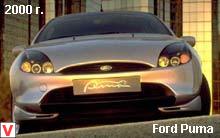
In addition to the standard, a racing version of the Racing Puma was also prepared with an engine capacity of 1.7 liters, boosted to 155 hp.
